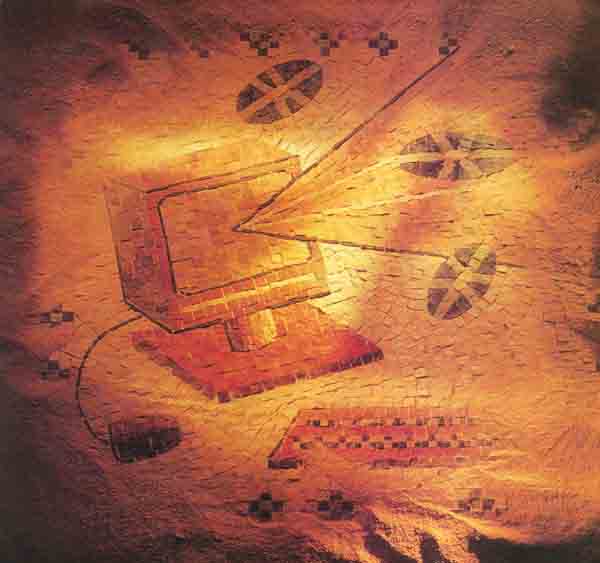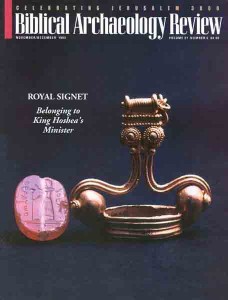
Gutenberg would be proud. In about 1456, his invention, the printing press, put Bible knowledge into the hands of laypeople. Now, nearing the end of the 20th century, print products of all types are taking electronic form on diskette, CD-ROM, commercial online services and the international Internet. Some of the best products—in the tradition of Gutenberg—aim to help individuals study scripture more effectively.
Publishers of books, magazines, newspapers and academic journals perceive a gold rush in the electronic frontier. By “going digital” they can eliminate paper, printing and mailing costs as well as the lengthy lead times that print production requires. But the main reason to do so is to broaden readership.
Material that’s published electronically is immediately available to anyone with a computer and an online account. (Right now that’s at least 10 million people, by the most conservative count.) A person doesn’t even have to know exactly what he or she is looking for, because search programs let Internet users “surf,” or skim, through programs that reveal the depths of information available from each source. Search the Internet’s World Wide Web for “Talmud,” for instance, and a “Web browser” program will suggest a list of more than 20 “Web sites” to explore for references to the Talmud. (The wildly popular Web is growing at the astounding rate of 65 percent per month.)
Already a library member? Log in here.
Institution user? Log in with your IP address.

